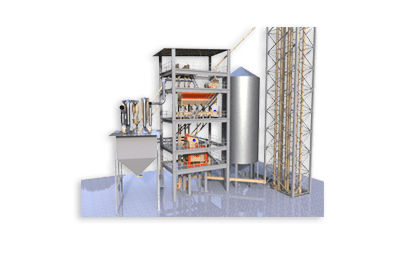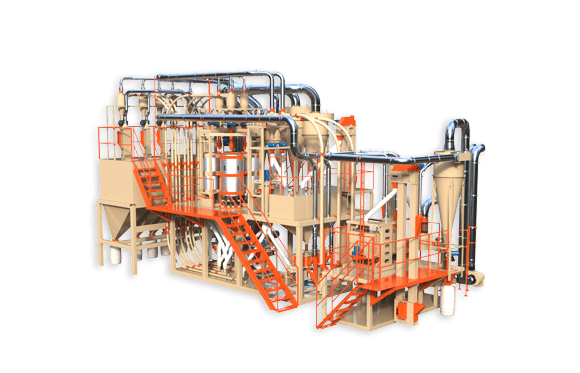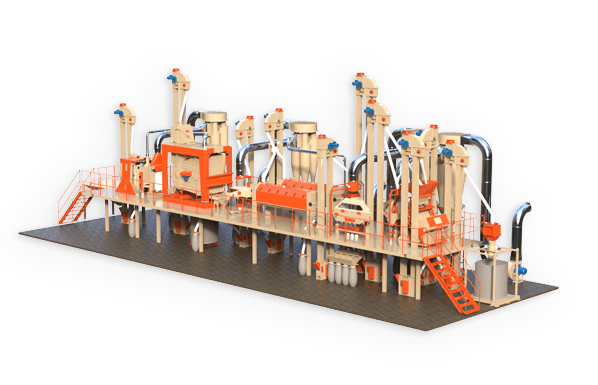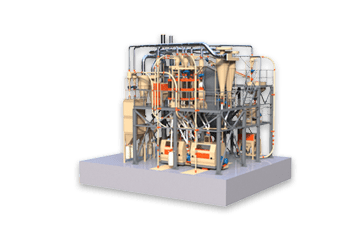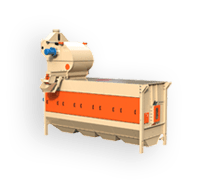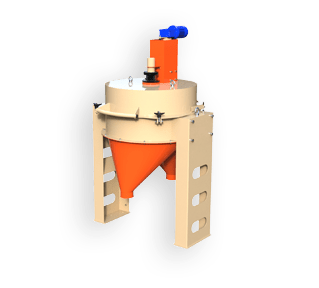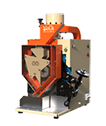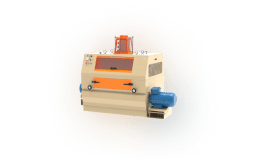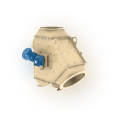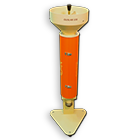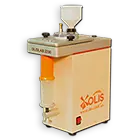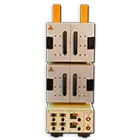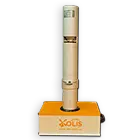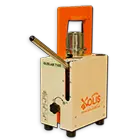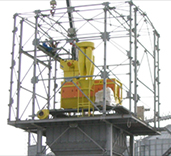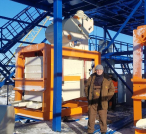Ensuring efficient operation of mills in the cold season
Technical Director of LLC ‘OLIS’, Candidate of Technical Sciences A.P. Vereshchinsky.
With the onset of the cold period of the year at the majority of mills, the problems associated with a decrease in the quality and yield of flour become noticeable. The main reason of such decrease is the violation of temperature conditions necessary for effective water-heat treatment of grain.
It is well known that grain heat treatment, also known as conditioning, together with cleaning, forms the basis for the preparation of wheat for milling. During the conditioning process, the physical and mechanical properties of the grain are changed under the influence of moisture and heat. The hulls become stronger and more elastic, while the endosperm loses strength and becomes friable. Such changes as a result of milling increase the yield of flour and reduce its ash content, i.e. increase its whiteness. As a result of the biochemical processes accompanying conditioning, gluten quality improves in the flour produced and enzyme activity increases.
The vast majority of mills use the cold conditioning method due to its simplicity and cost-effectiveness. The wheat is moistened to the required moisture content and sent to the bunkers for thawing. During the time set by the thawing process, the beneficial changes described above should take place. This method utilises the natural biological germination ability of the grain under certain conditions. Therefore, for this conditioning to be effective, the grain must contain 15.5-17.0 per cent moisture and its temperature must be at least 18 degrees Celsius. With the onset of cold weather, the grain arriving at the mill is characterised by a lower temperature and does not absorb moisture well during wetting. Under such conditions it becomes particularly difficult to moisten dry and glassy grain. Often such grains are forced to be sent for dehumidification with obviously low moisture content, which does not meet the required conditions for effective conditioning. In cold grain, moisture penetrates slowly into the endosperm, which can sometimes be compensated for by increasing the thawing time. However, even if there is sufficient moisture, the lack of the necessary heat does not allow the mechanism of germ activation for growth to start, without which full conditioning is impossible.
In many mills, the water used for moistening is heated to a temperature of 60-70 degrees Celsius, which is undoubtedly a useful measure. However, because of the low flow rate required, even very hot water can heat the grain by no more than a few degrees. To fully solve the problem described above, not only the water but also the grain must be heated before humidification. The recommended temperature for heating the grain is 20-25 degrees.
For heating of grain during conditioning we have developed a heater PZ, which has been successfully implemented and operated at mills of different productivity for several years. The heater consists of a receiving hopper, one or several heating sections and an outlet device. The heating section is a shaft type construction with a rectangular cross-section of 1000x1000mm with a length of 2000mm. The heating element is made of straight pipe sections connected into a coil, the welded joints of which are located outside the shaft. The body of the section is equipped with hatches to provide access to the inside, as well as covers covering the joints of the heating pipes. The outlet device includes a design of outlet funnels excluding the formation of stagnant zones in the heating section, as well as a sluice feeder with a drive. All external heated elements of the heater are thermally insulated. Water is used as a heat carrier, which is heated in any type of boiler and fed through the heating element through a closed circuit. One heating section is designed for a capacity of 1500 kg/h. If it is necessary to increase the capacity, the required number of sections is installed in series, composing them vertically by means of flange connections.
Grain to be heated is fed into the receiving hopper and passes through the heating section by gravity in the connected mode, washing the tubes of the heating element. As a result of contact with the hot surface the grain is heated. Grain is also discharged from the device through outlet funnels and sluice feeder of the outlet device. For automatic regulation of the heater filling with grain there are level sensors connected with the sluice feeder capacity control unit. For grain temperature control the heater is equipped with several electronic thermometers.
As the practice of operation of grain heaters PZ in conditions of Ukraine and Russia shows, the use of the described grain heater allows to ensure the operation of the mill in the winter period without reducing the quality and yield of flour. In this case, even in the case of using an electric boiler and heating the grain at 15 degrees, the power consumption will be about 8 kW per tonne of processed grain.


